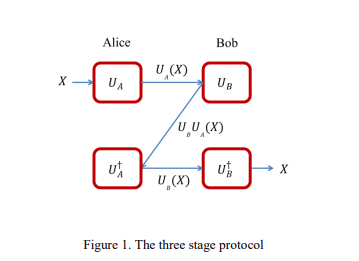DYNAMIC VALIDITY PERIOD CALCULATION OF DIGITAL CERTIFICATES BASED ON AGGREGATED SECURITY ASSESSMENT

DYNAMIC VALIDITY PERIOD CALCULATION OF DIGITAL CERTIFICATES BASED ON AGGREGATED SECURITY ASSESSMENT Alexander Beck, Jens Graupmann, Frank Ortmeier Computer Systems in Engineering, Otto-von-Guericke-University, Magdeburg, Germany ABSTRACT The paper proposes a method based on different security-related factors to dynamically calculate the validity period of digital certificates. Currently validity periods are most often defined statically without scientific justification. This approach is not sufficient to objectively consider the actual need for security. Therefore the approach proposed in this paper considers relevant security criteria in order to calculate a meaningful validity period for digital certificates. This kind of security assessment can be executed periodically in order to dynamically respond to changing conditions. Especially in the context of complex systems and infrastructures that have an increased need for security, privacy and availab...



